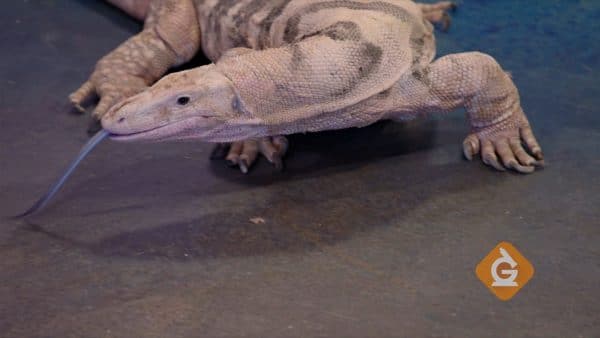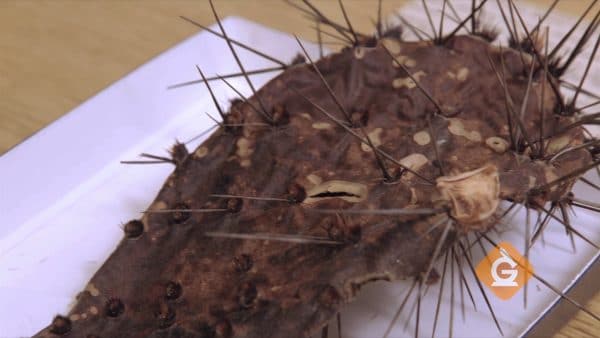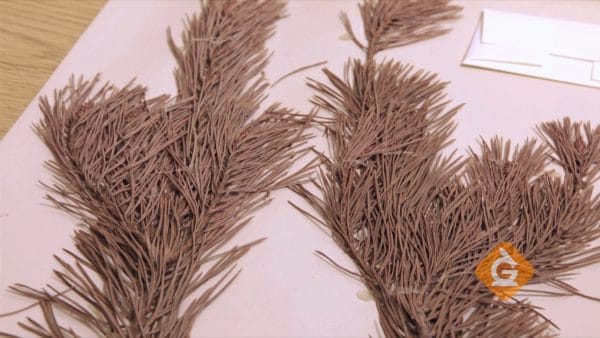A structure is anything made up of parts held together. Plants and animals have many structures that help them survive. Some structures are internal, like the lungs, brain, or heart. Other structures are external, like skin, eyes, and claws. Some structures are unique, like the long neck of a giraffe. Other structures are more common, like a heart.
To better understand the structure and function of living things….
LET’S BREAK IT DOWN!
Animal Structure: All animals have structures that help them survive.

All animals have structures that help them survive in their environment. Some structures help animals find food, like the amazing eyesight of an eagle. Other animals have camouflage to help them hide from predators. Some structures are very unique to certain animals, like the water monitor lizard’s long, forked tongue. They use it to smell and find food.
One special structure that insects have is their hard outer skeleton, called an exoskeleton. Exoskeletons are like wearing armor. It protects insects from predators and keeps insects from drying out. Exoskeletons can also have special structures on them, like the horns on some beetles that are used to compete with other beetles for mates.
Plant Structure: Plants also have structures that help them survive.

Plants have different parts, like roots, stems, leaves, flowers, and fruit. These structures help them survive.
Some plants have really long roots that help the plant gather water from deep below the surface of the Earth.
Other plants have flowers that are the perfect shape for insects to visit and help with pollination.
Plants that live in really dry areas, like a desert, have special leaves. The spines on a cactus help protect it from animals that might try to eat the cactus in order to get the water stored inside.
Animal and Plant Structures: Each structure has a specific function.

Each plant and animal structure has a special purpose. When you think of elephants, you probably envision their long trunks and floppy ears. Both of those structures have a specific function that helps elephants survive. An elephant’s trunk is a special structure that helps gather food. The big floppy ears help elephants hear noises that are far away.
Plant structures also have specific functions. Corn has special roots that help support the plant and keep it from falling over when fruit is growing on it.
Pine trees have leaves that look like needles instead of big and flat leaves like an oak tree. This helps them conserve water.

































































































































 Select a Google Form
Select a Google Form









